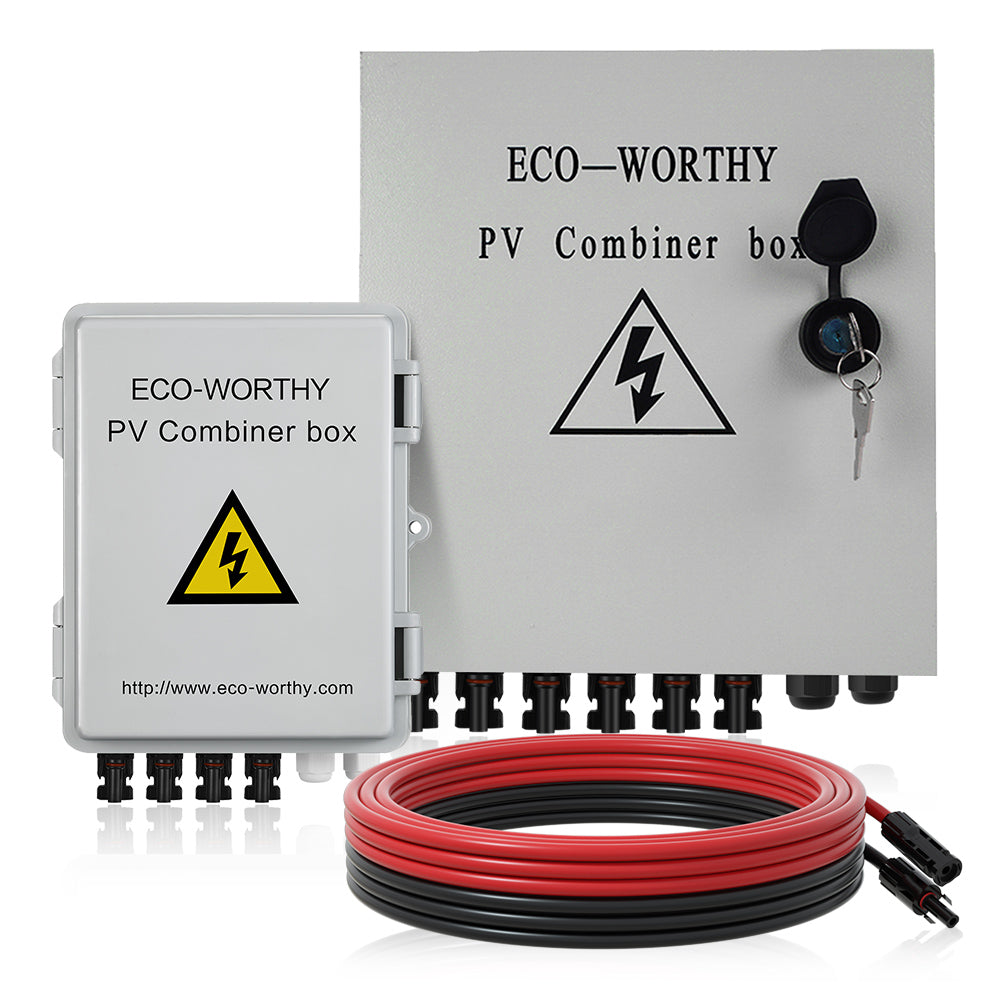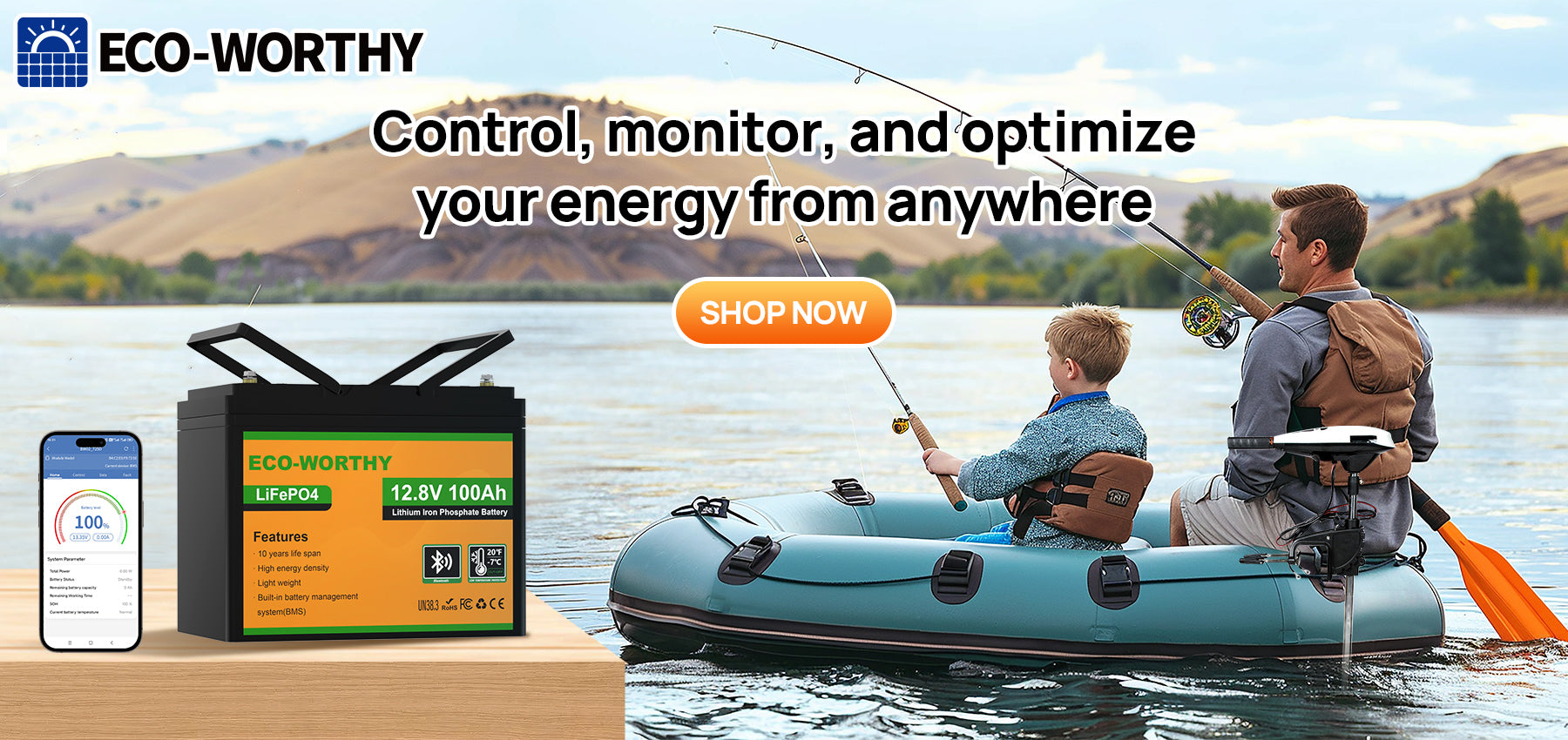A Brief Overview of Solar Tracking System
1. What Are Solar Trackers?
2. Types Of Solar Tracking Systems
3. Why Are Solar Tracking Mountings More Efficient Than Fixed Mountings?
4. Eco-Worthy Best Solution: Bifacial Solar Panel + Dual Axis Solar Tracking System
5. Frequently Asked Questions
Types of Solar Tracking Systems
Why Are Solar Tracking Mountings More Efficient Than Fixed Mountings?
1. Solar trackers follow the sun all the time
They can follow the sun as it moves, keeping solar panels at a consistent angle to maximize energy output. The single-axis trackers tilt at a point of contact and face east to west from sunrise to sunset. With dual-axis solar trackers, the solar panels can be tilted from east to west and north to south for a full range of movement to optimize direct sunlight every moment of the year.
2. Solar trackers always face the sun directly
Facing the sun directly means more power generation. Sunlight hits the panels at a perfectly vertical angle, providing maximum energy potential. In short, solar trackers can help solar panels face directly into the sun's rays.
3. Avoid shading/snow issues
We know that solar panels obscured by clouds, trees or snow will affect power generation efficiency. Solar on fixed mounting systems may continue to produce power Under this situation, but they may lose up to 15% of their potential production. While, the solar trackers can rotate the panel into direct sunlight to help with shading issues. Because the sun is low in the winter, the solar tracker's panel is a steep surface where snow will naturally slide off quickly.The solar trackers are in vertical (sleep mode) at night. Therefore, no snow will fall on the solar panels.














